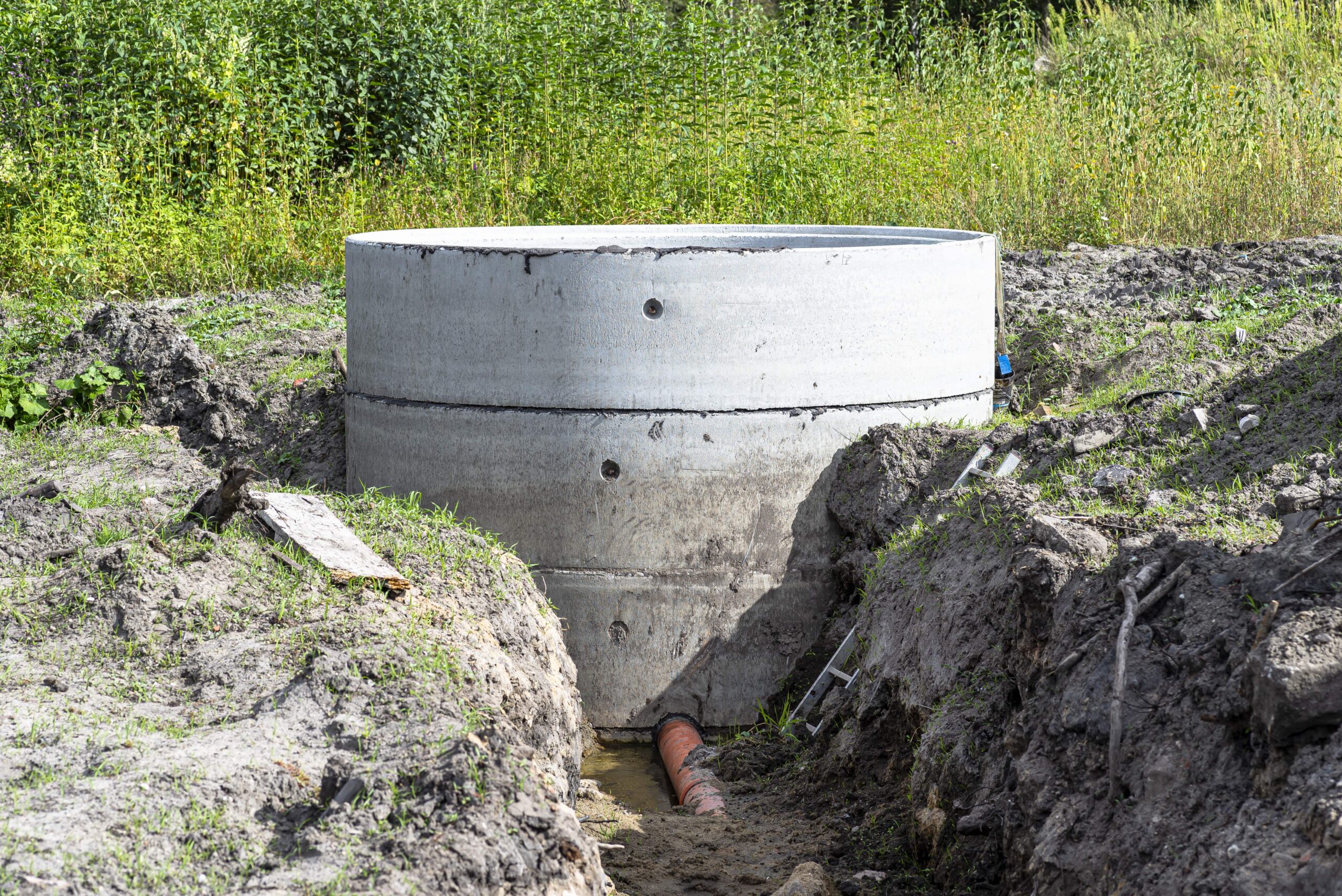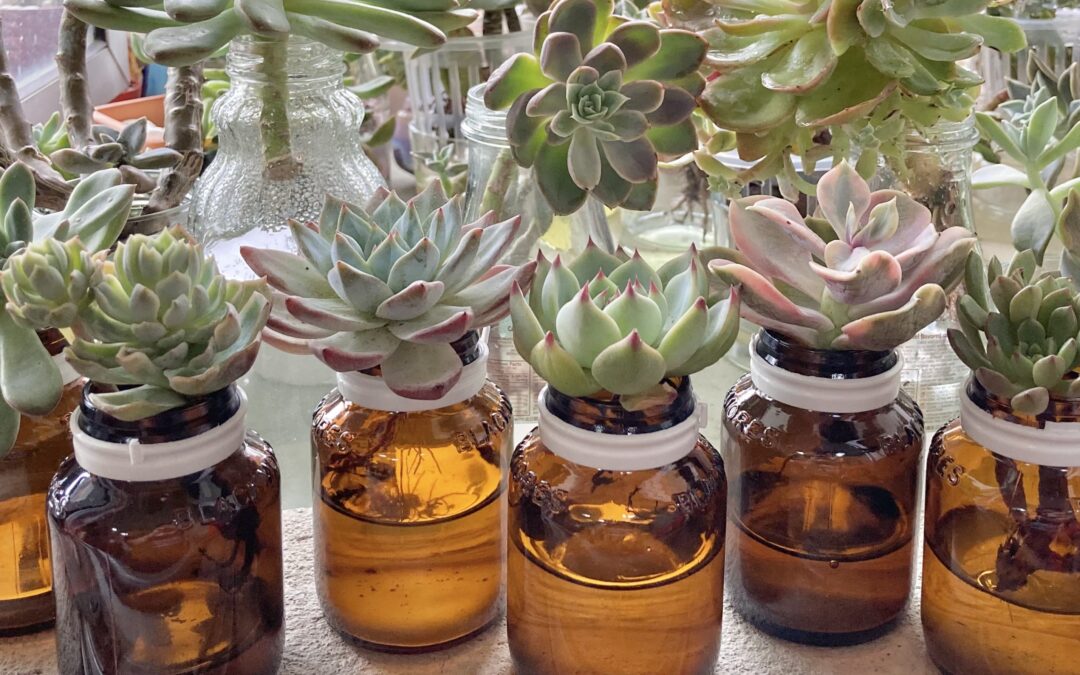Greywater recycling is rising in popularity as the technology required to treat it develops and the use of smart water metres increases in homes and businesses across the UK. While treated greywater cannot be used for drinking, it has a myriad of important uses around the home, business or outdoors.
So, what is it?
Greywater comes from the wastewater generated by showers, washing machines, dishwashers and sinks and basins. It typically makes up around half to 80% of a household’s wastewater. Greywater is not the same as blackwater, which has come into contact with human waste and normally comes from toilets. Greywater is a lot easier to treat than blackwater, as it contains no faecal matter that can harbour dangerous pathogens and bacteria. Wastewater from kitchens (dishwashers and kitchen sinks) is often considered to be blackwater as well, due to the higher organic content.
Why treat greywater?
A great deal of attention has been placed of late into developing systems to treat greywater. This is because it can produce around 70 litres of potable (drinking) water per person, per day in standard domestic households, if treated correctly. If greywater is not treated, it must be used very quickly, as anaerobic bacteria present in the water can multiply quickly if put in contact with organic matter like skin cells, hair or detergents. The water will also start to smell bad once the bacteria use up all the oxygen that is present.
Once recycled greywater has been treated, it is far safer to store and use in a number of applications. A few examples of ways to use treated greywater in the home, outdoors or at work include watering plants (but avoid using it on fruit and crops), washing clothes and flushing toilets.
What are some of the advantages?
Using treated greywater can significantly reduce the amount of mains water that we need to call upon, thus lessening the pressure on our country’s water resources. Another advantage to greywater recycling is that it lowers the volume of water used, thus reducing water bills for metered households and businesses.
Additionally, as less wastewater enters rivers, lakes and other water sources, fewer harmful bacteria, food debris and other pollutants produced by daily domestic or commercial operations are released into the ecosystem. Any filtration or purifying chemicals used by greywater recycling systems should be disposed of responsibly to maximise the overall impact of this benefit.

How does the process work?
There are a number of different ways to treat and recycle greywater, depending on what you intend to use it for afterwards. Some naturally inspired methods include simple sand and soil filtration that removes larger particles inside the water. Water travels down through the sand via gravity, before being filtered further as it passes through the soil, which offers effective drainage, filtering and purifying properties.
Greywater can also be treated via biological systems such as a septic tank, which treats it anaerobically to remove unwanted bacteria and waste products. Septic tanks are particularly effective at treating greywater containing food debris. The water that comes out of the septic tank normally then needs further treatment, e.g. sand filtration, to make it useable for many applications.
Other forms of greywater treatment and recycling involve advanced treatment systems that include several mechanical, biological and/or chemical treatment processes. Here are some examples of the typical processes used for advanced greywater recycling systems: activated sludge processes, microfiltration, ultrafiltration, Membrane BioReactors (MBRs), Nanofiltration and even reverse osmosis. In some countries, natural treatment processes are used for greywater treatment and recycling as well.
Intelligent greywater recycling
As with many aspects of modern life, the internet of things is leading huge leaps forward in treating and recycling greywater. Artificial intelligence is enabling treated greywater to be stored for longer and re-disinfected as required without having to relocate it for that purpose. Smart treating and purifying technology can also direct the recycled greywater to wherever it is needed in the home or commercial building.
These advances are responsible for reducing the amount of energy used to power treatment systems and making the technology available work more intelligently. They are also helping to reduce the amount of chemicals needed, as the water need only be re-disinfected when required, and the system is programmed to handle very precise amounts. Smart greywater recycling systems can also contribute significantly to businesses’ work towards net zero carbon emissions and operating more sustainably in the longer term.


Recent Comments